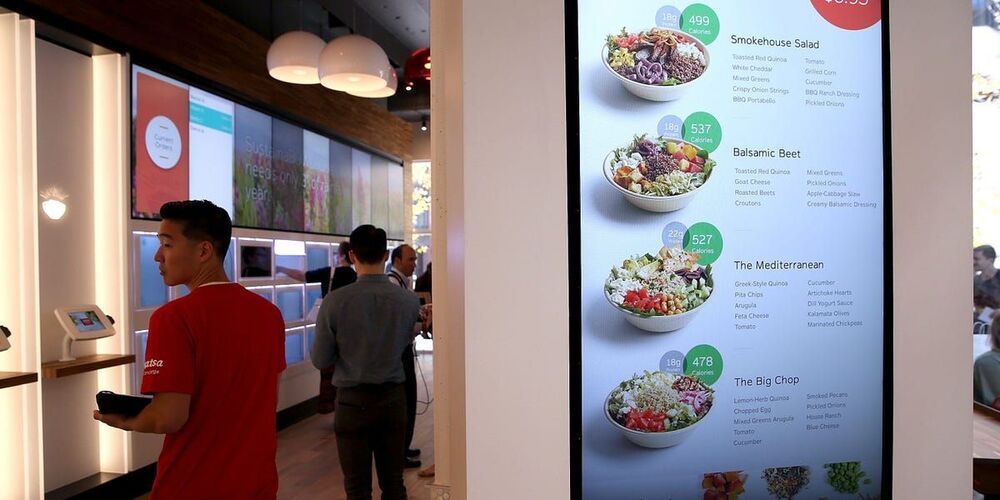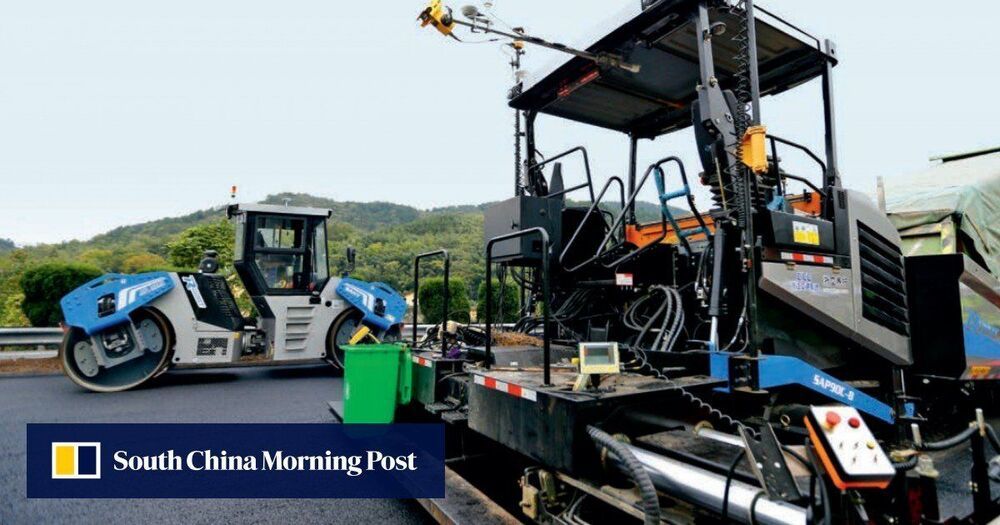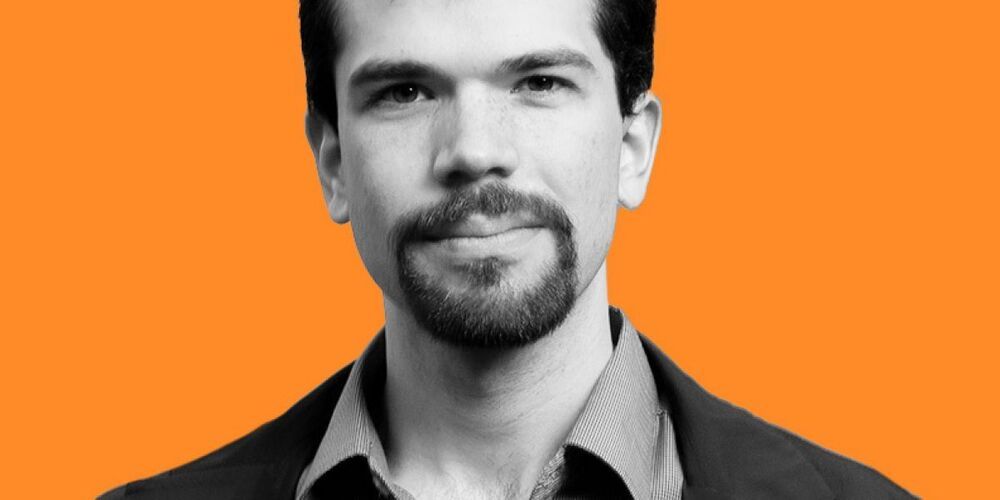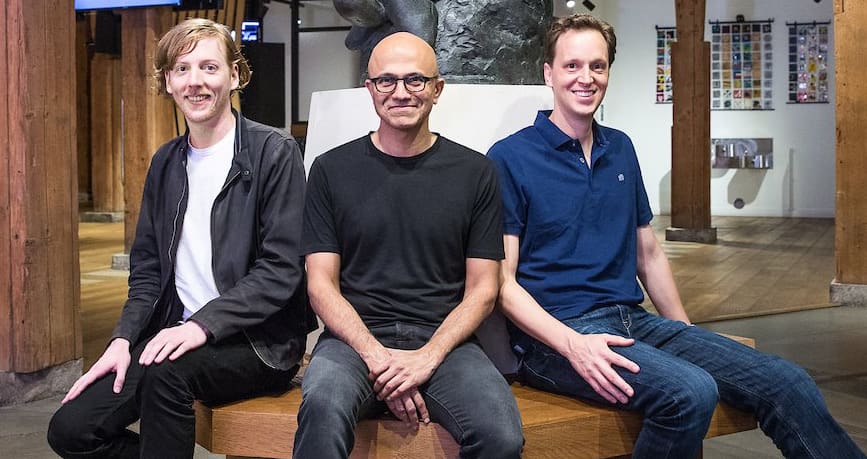Americans are taking their time finding work. The longer they wait, the more it will kickstart the age of automation. Restaurants are leading the way.


Back in May, China became just the third nation to land on the surface of Mars as it touched down with its Tianwen-1 probe. Packed aboard was the country’s first interplanetary rover, named Zhurong, which can be seen and heard making its very movements on the Red Planet in newly released recordings.
China’s Tianwen-1 mission set off for Mars last July and came to land on a plain in the planet’s northern hemisphere called Utopia Planitia following a 10-month journey. The Zhurong rover remained aboard the lander module for around a week surveying its surroundings and checking its instruments, before rolling down to the dusty surface to begin its explorations.
Recordings gathered by the China National Space Administration and shared by state-funded broadcaster CCTV show the rover’s start to life on Mars in intriguing new light. The first includes the first audio collected by a Chinese Mars rover, with an onboard recording device capturing the sounds as its engine was started, of the Martian winds and of the machinations of the robot as it made its way down to the surface.

Amazon announced Thursday that it plans to develop new technology for its autonomous delivery vehicles in Helsinki, Finland.
The Seattle-headquartered tech giant said in a blog post that it is setting up a new “Development Center” to support Amazon Scout, which is a fully electric autonomous delivery robot that is being tested in four U.S. locations.
Two dozen engineers will be based at the Amazon Scout Development Center in Helsinki initially, the company said, adding that they will be focused on research and development.

Researchers from Baidu Research and the University of Maryland have developed a robotic excavator system that integrates perception, planning, and control capabilities to enable material loading over a long duration with no human intervention.

It costs $199.99 and includes a monitor and tripod mount.
Dell has launched a high-end UltraSharp webcam that costs $199.99 and is available now worldwide. Its cylindrical design is reminiscent of Apple’s old but iconic iSight external webcam, but its features are aimed to compete with Logitech’s Brio and other modern 4K-ready webcams. In addition, it aims to serve as a more affordable and easier-to-set up alternative to mounting a DSLR camera behind your monitor.
The UltraSharp is a USB-C webcam that houses a Sony STARVIS CMOS 8.3-megapixel sensor. It’s capable of recording or streaming in 4K at 30 or 24 frames per second and in 1080p or 720p at 24, 30, or 60 frames per second. You can tweak the field of view (FOV) between 65 degrees for a close crop, 78 degrees, or 90 degrees for the widest crop available. The webcam has a bevy of auto-light correction features that aim to make your picture look good regardless of your lighting. It supports up to 5x digital zoom and has autofocus. Dell claims the UltraSharp offers the best image quality in its class.
This webcam can work without drivers on Windows 10 or macOS computers, but many of its features are accessible only in Dell’s Peripheral Manager software. One of the most appealing features that the software unlocks is the AI auto-framing mode that lets it follow your movements to keep you centered in the frame. The webcam doesn’t actually move, but the video feed appeared to pan and deliver smooth, seamless motion tracking during a live demo shown to The Verge. (The GIF below is an accurate portrayal.) A similar feature has appeared recently in Amazon’s new Echo Show smart displays and the latest iPad Pro, and it’s a perk that currently sets Dell’s webcam apart from the rest.

Microsoft is looking to simplify the process of programming, the area where the company got its start in 1975. That could keep programmers who already use the company’s tools satisfied and also attract new ones.
The system, called GitHub Copilot, draws on source code uploaded to code-sharing service GitHub, which Microsoft acquired in 2018, as well as other websites. Microsoft and GitHub developed it with help from OpenAI, an AI research start-up that Microsoft backed in 2019.
Researchers at Microsoft and other institutions have been trying to teach computers to write code for decades. The concept has yet to go mainstream, at times because programs to write programs have not been versatile enough. The GitHub Copilot effort is a notable attempt in the field, relying as it does on a large volume of code in many programming languages and vast Azure cloud computing power.

